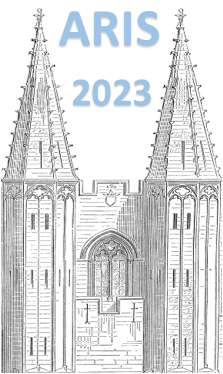Orateur
Description
As we enter the second quantum revolution, where non-classical properties of quantum systems are being explored for practical applications, the interest in impurity atoms embedded in crystalline materials has been extended, going far beyond previous, more conventional applications like doping to modify electrical, optical or magnetic properties of semiconductors or other materials. For instance, systems composed of a single impurity atom in a crystalline matrix, like the nitrogen vacancy (NV) center in diamond, which is already finding applications in nanoscale magnetometry, or of small ensembles of such defects, could be at the base of future quantum communication, computation and metrology devices. In that respect, one of the crucial issues is the targeted creation of specific configurations of impurity atoms in the lattice, where ion implantation plays a critical role, however, competing with other techniques.
In this talk I will discuss two examples where emission channeling experiments with radioactive ion beams at the CERN-ISOLDE facility contributed to investigating the microscopic structure of impurity configurations that may play a role in future quantum applications based on ion-implanted single crystals. The first example will address the lattice location of the “nuclear clock” isotope 229mTh in CaF2, where for the observation of the emitted 8.3 eV photons it was crucial to have the radioactive isotope occupy substitutional Ca sites [1,2]. Another set of examples addresses the structure and formation mechanism of ion implanted colour centers in diamond based on impurities like Sn [3], Ge, or Mg [4]. For these defects with desired quantum properties it is vital to incorporate the foreign atom in the center of a double vacancy, the so-called split-vacancy configuration.
[1] M. Verlinde, S. Kraemer, J. Moens, et al., “Alternative approach to populate and study the 229Th nuclear clock isomer”, Phys. Rev. C 100 (2019) 024315.
[2] S. Kraemer, J. Moens, et al., “ Observation of the radiative decay of the 229Th nuclear clock isomer”, accepted by Nature.
[3] U. Wahl, et al., “Direct structural identification and quantification of the split-vacancy configuration for implanted Sn in diamond”, Phys. Rev. Lett. 125 (2020) 045301.
[4] E. Corte, et al, “Magnesium-vacancy optical centers in diamond”, ACS Photonics 10 (2023) 101.

